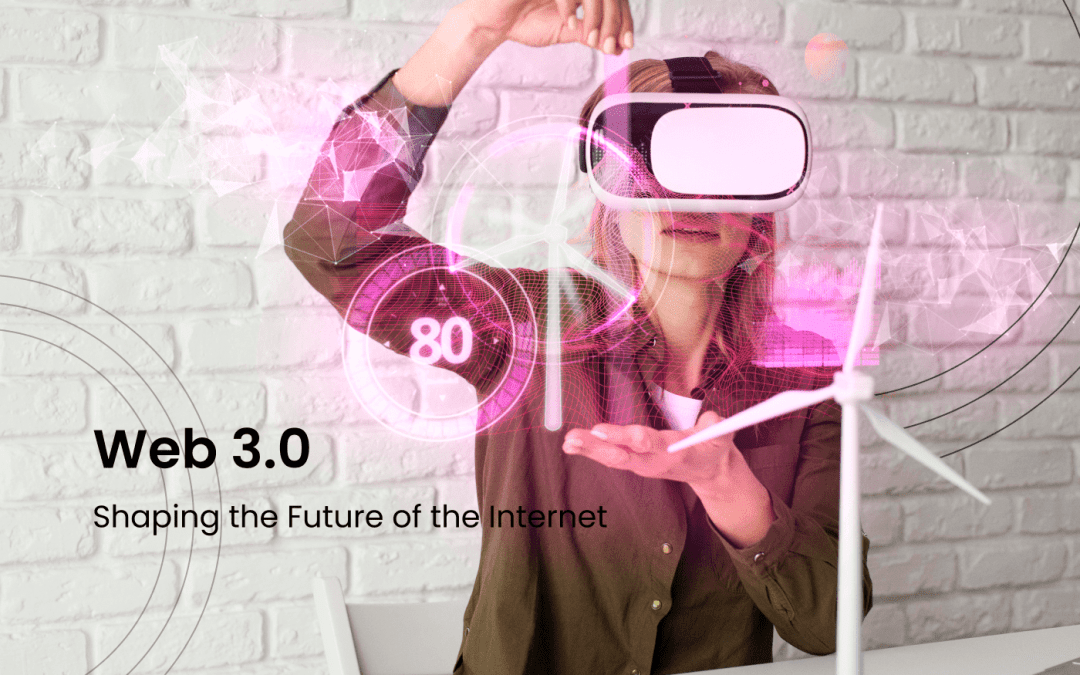The Internet has evolved significantly over the years, and now we stand on the cusp of a new era known as Web 3.0. It operates in a decentralised mode, which implies that there is no single central authority in charge. Instead, it functions more like a network where everybody can contribute and have a say. This makes it more difficult for someone to gain excessive authority or control over your information.
Web 3.0, often referred to as the “decentralised web,” represents the next generation of the Internet. Unlike its predecessors, Web 1.0 and Web 2.0, which focused on information dissemination and user-generated content, Web 3.0 aims to empower users and enable direct peer-to-peer interactions. At its core, Web 3.0 leverages emerging technologies such as blockchain, artificial intelligence, and the Internet of Things (IoT) to create a more open, secure, and user-centric digital ecosystem.
Blockchain is a critical element that makes Web 3 possible. Web 3.0 aims to eliminate the reliance on central authorities by utilising decentralised networks, such as blockchain, to distribute control and ownership among participants. Blockchain is similar to a digital ledger that records information and transactions. It’s safe, transparent, and the data saved on the blockchain cannot be modified or tampered with.
Web 3.0 introduces the concept of smart contracts, which are self-executing contracts with predefined rules encoded on the blockchain. Smart contracts facilitate trustless interactions, automating various processes without the need for intermediaries. In simpler terms, smart contracts in Web 3.0 are like automatic agreements that follow specific rules encoded on the blockchain. They make it possible to have trustworthy interactions without relying on intermediaries. It’s a bit like having a computer program that ensures things happen as agreed upon, without needing a person to watch over it. Another cool thing about Web 3 is that it lets you use digital currencies, like Bitcoin or Ethereum, to make transactions online without needing a bank or payment processor. These digital currencies are secure and can be used globally, so you can send money or make purchases without worrying about borders or middlemen. Web 3 also values your privacy. It gives you more control over your data, so you can decide who gets access to it and when. This is a big deal because right now, many companies collect and use your data without your permission. With Web 3, you have more say in how your data is used and shared.
Overall, Web 3 is about giving you more power and control over your online experiences. It’s a new version of the internet that aims to be more transparent, secure, and user-centric. It’s still being developed, but the goal is to create a better and more fair internet for everyone. Web 3 represents a significant shift from the limitations of Web 2, offering a more user-centric, decentralised, and secure Internet experience. Through decentralisation, enhanced trust and security, fostering innovation, and prioritising user privacy and data ownership, Web 3 empowers individuals, promotes transparency, and creates a more inclusive and equitable digital world. As we continue to embrace Web 3 technologies and principles, we move closer to a future where the Internet is truly shaped by its users, benefiting everyone in the process.

Recent Comments